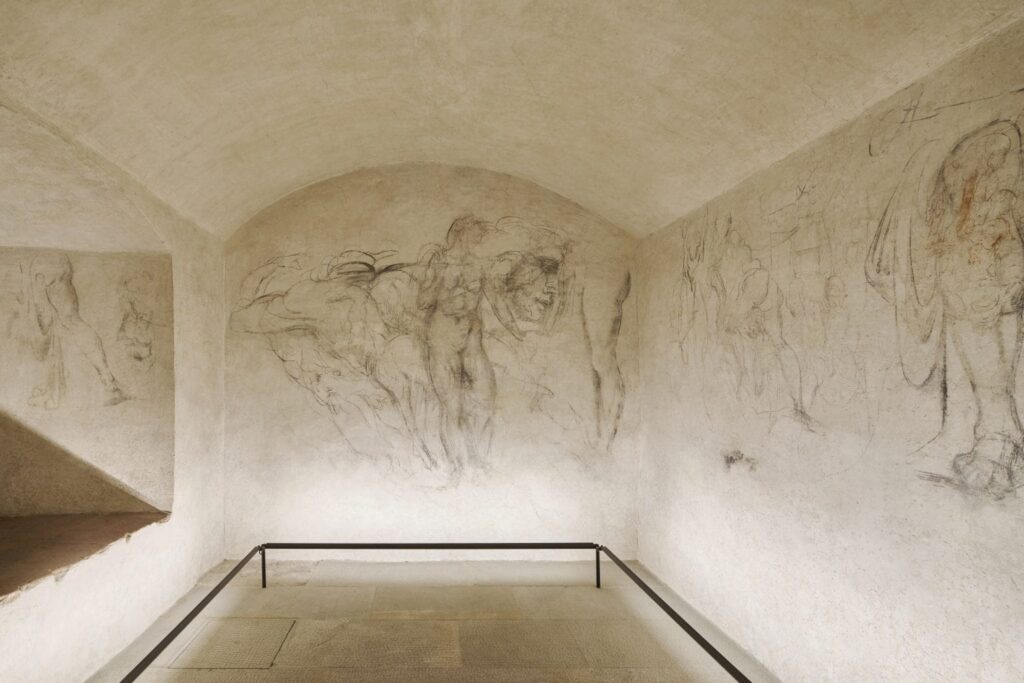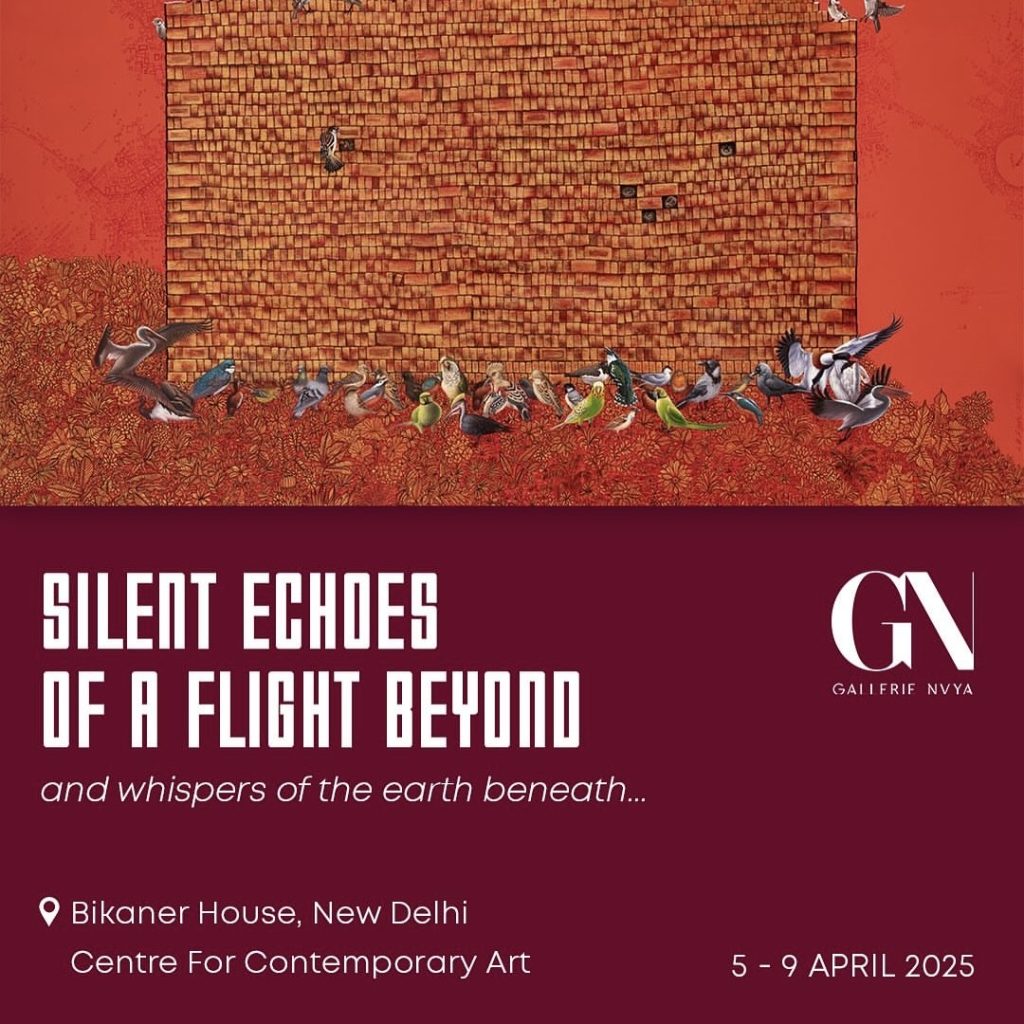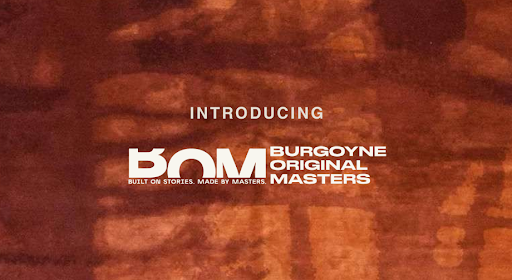By Bhavya Balamurali
Beneath the grand Basilica of San Lorenzo lies a secret room, undisturbed for centuries. A room born out of rebellion, fear and creative survival, holds the charcoal-streaked diary of the Renaissance’s most guarded genius – Michealangelo Buonarroti.
Photo Credit: Sketches by Michelangelo, Grand Basilica of San Lorenzo
In 1524, Michelangelo di Lodovico Buonarroti Simoni was commissioned by Pope Leo X to design a funeral chapel for the powerful Medici family inside Florence’s Basilica of San Lorenzo. The artist enjoyed a long-standing yet complex relationship with the Medici, who were the ruling dynasty and patrons of some of the greatest art ever made.
When Florence was under siege by Pope Clement VII, a Medici, and Emperor Charles V in 1530 to reinstall Medici control in republic Florence, Michelangelo turned against his benefactors, abandoning his chapel project to fortify Florence. After ten brutal months, Florence fell with the artist labelled a ‘traitor’ and the new governor of the reinstalled ducal state, Baccio Valori, demanding Michelangelo’s head. With the help of Giovan Battista Figiovanni, a prior of San Lorenzo and a Florentine loyalist, Michelangelo hid beneath the Medici Chapel, in a room he himself might have helped build.
Photo Credit: Self Portrait of Michelangelo in ‘The Last Judgement, and the Sistine Chapel, Florence
The story has it that Michelangelo was trapped between painting the Sistine Chapel ceiling – a project that nearly blinded him and his monumental fresco ‘The Last Judgment’, which includes a portrait of the artist himself as a flayed skin, reflective of his rather dislike for painting!
He spent two months in a windowless, suffocating room, covering the walls with over a hundred fevered sketches which included – anatomical exploration, studies of sculpture and character drawings. It was not a showpiece for any patron, but a deeply personal doodle, in many ways, his diary in dust.
In 1975, while working on finding a museum exit for the Medici Chapel, an architect stumbled upon a sealed chamber with Michelangelo’s work behind two thick layers of plaster. The room, badly damaged by the 1966 flood, was now a fragile time capsule, bearing the unmistakable touch of the master which was instantly recognized by Paola Dal Poggetto, then director of the Museo delle Cappelle Medicee.
Photo Credit: The secret room with sketches by Michelangelo via Pinterest
Using charred sticks and fragments of coal, Michelangelo turned the wall into a canvas. Some images were childlike with simple faces, crude figures, along with his coal-smudged fingerprints. Among the most evocative sketches present there are the study of Guiliano de’ Medici, Duke of Nemour, whose tomb he sculpted in the chapel above. Another striking image is a rendering of the Laocoön, the famous depiction of human agony from the ancient sculpture of Laocoön and his Sons in the Vatican.
Photo Credit: The tomb of Guiliano de’Medici in Medici Chapel
For an artist who was protective of his work, the room was never meant to be seen, which granted him a space to be messy, experimental and vulnerable. As history unfolded, the room became a revelation, giving us a glimpse into the mind of one of the greatest artists ever known and the creative process of making art that would resonate and capture the attention of generations to come.
For those who worship at the altar of Renaissance art, Michenangelo’s secret room strips away the varnish of genius and reveals the artist as a man who is concerned with politics, gripped by fear and yet creating, reminding us that art isn’t always born in light and celebration. It gives an unguarded look at the genius at his most vulnerable.
Michelangelo Buonarroti
The room was closed to the public to protect and preserve the 500-year-old sketches made out of coal as there was risk of it getting damaged due to humidity and human contact. Initially open to only academicians studying art, the place finally opened in 2024 to the public, accessible only through reservation, to a group of a maximum of four people at a time and a maximum of 100 people per week.
This hidden room is located beneath the Basilica of San Lorenzo, within Museo delle Cappelle Medicee, Florence, Italy. Open Monday, Wednesday, Thursday, Friday and Saturday, the tickets for Michelangelo’s secret room can only be booked through the official website of the National Museum of Florence, which includes access to the Medici Chapels. It is advised to book the tickets two to three months in advance.












